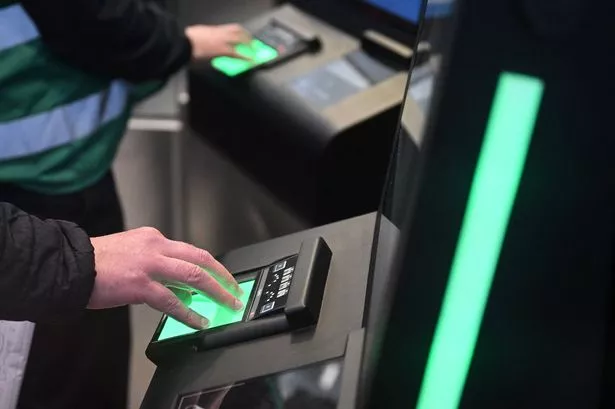The Entry/Exit System (EES) is being rolled out across European countries
Travellers heading to Europe are being warned to be ready for major changes at airports as a new digital border system rolls out. With the changes starting in October, some will have already experienced the new system, while others won’t have.
The Entry/Exit System (EES) is gradually replacing traditional passport stamps across European countries and an expert is urging Brits to research the requirements and allow extra time for airport checks. Paul Paddock, CEO of Post Office Insurance at Post Office, has addressed four crucial questions about the new system to help British holidaymakers travel with confidence.
What is the EES?
Paul explained: “The Entry/Exit System (EES) is a new digital border control system for non-EU nationals entering the Schengen Area for short stays (up to 90 days in any 180-day period). It replaces manual passport stamping with electronic registration, improving border security and efficiency.
“Brits travelling to countries such as Spain, Portugal and Greece will now need to be prepared to have their passports scanned and biometric data taken at border control the first time they enter.”
What data is being collected and for how long?
Paul said that biometric information, including facial images (for all travellers) and fingerprints (for visa-exempt travellers only), will be collected. The system will also record passport information, entry and exit dates and locations, plus duration of stay. Information will be retained for three years for standard visits or five years if travellers overstay their permitted time.
Are there any exemptions to the EES?
Paul explained: “The EES does not apply to EU/EEA/Swiss citizens, non-EU nationals with specific residence permits and Monaco, Andorra, San Marino and Vatican nationals. Ireland and Cyprus are not part of the Schengen area where the system applies, so UK nationals travelling there will continue to be checked and stamped manually. Children under 12 will only have their facial image taken, not their fingerprints.”
How does EES work?
Paul said: “Travellers entering for the first time will undergo biometric registration at border kiosks or e-gates. This includes the system capturing a facial image, fingerprints (if visa-exempt), passport details and entry/exit information.
“For subsequent visits, the process will be faster due to the data already being stored. It’s important to note that no pre-registration is required – registration happens at the border during your first entry.
“Passengers may be impacted by facing longer queues initially due to biometric data collection, a process expected to take several minutes per person. Passengers should be encouraged to plan contingency options if travelling on a tight schedule (alternative routes or transport), as any teething problems or incomplete information could cause delays to miss flights, ferries, or connections.”
Preparing for EES border checks
Paul suggests this checklist:
1. Verify your passport expiry date (must remain valid for at least 3 months beyond your trip for EU destinations and be less than 10 years old)
2. Familiarise yourself with your destination airport’s EES setup (anticipate biometric checks)
3. Keep crucial travel documents at hand, including passports, travel insurance, accommodation confirmation, and proof of onward or return journey

